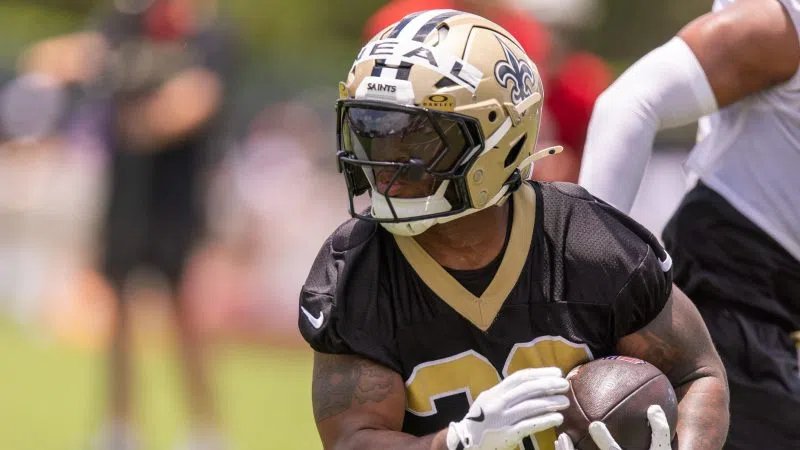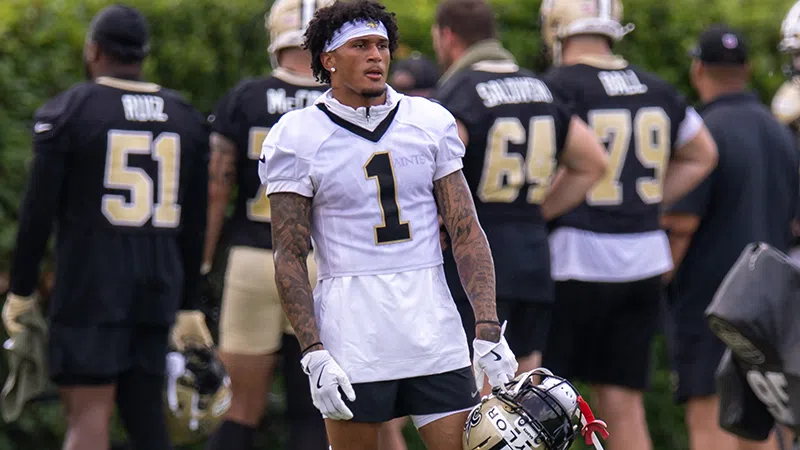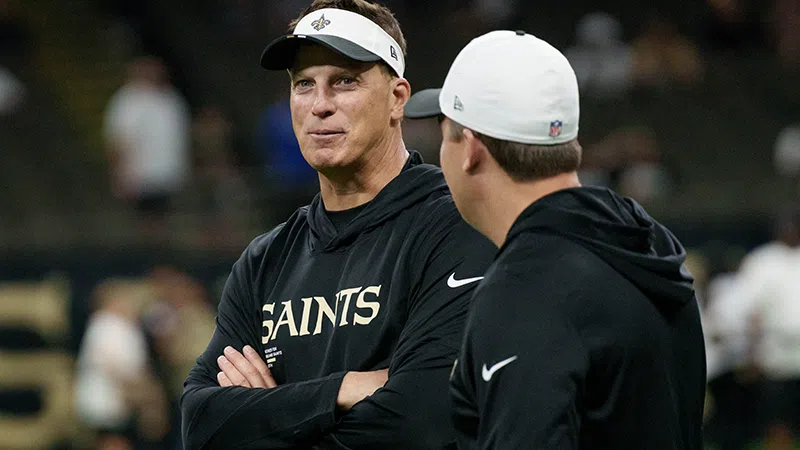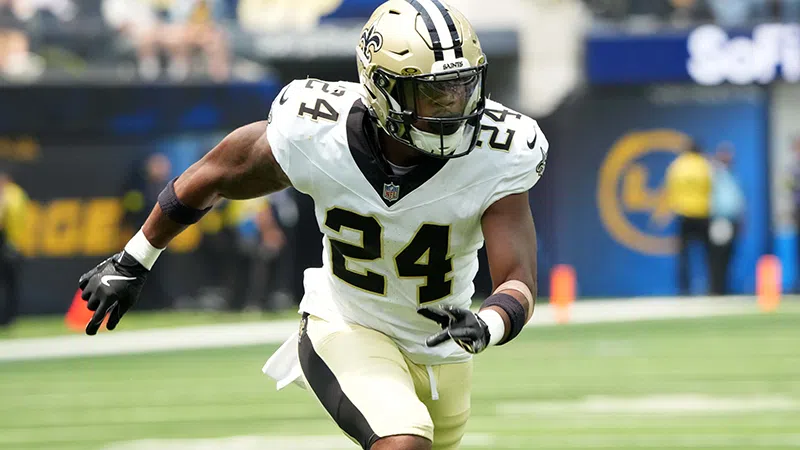
Mark J. Rebilas-Imagn Images
By Ross Jackson
After a busy offseason that led to several big changes, the New Orleans Saints are set to open the 2025 regular season against the Arizona Cardinals. While the Saints have done a lot to revamp their approach this year, the Cardinals have, as well. They are two teams on different ends of a rebuild and Arizona should be seen as a threat in the NFC West this season, and to the Saints in Week 1.
The measure of their threat comes down to impactful names, big plays and new approaches. Here are five things you should know about the Cardinals going into the season-opener.
1. Arizona’s defense has multiple ways of creating pressure.
Cardinals head coach Jonathan Gannon has grown a ton since he was the defensive coordinator of the Philadelphia Eagles in 2021 and 2022. Even though he helped the team win a Super Bowl in his second year with the team, once he became the head coach in Arizona, he didn’t stop adjusting his approach to the game. He brought with him Philadelphia linebackers coach Nick Rallis to be his defensive coordinator and they have found some unique ways to generate pressure.
The Cardinals will send pass rushers from anywhere on the field. While the linebackers were the primary blitzers in Philly, the Cardinals lack no aggression in sending safeties and corners just as often. They will also show blitz before the snap, bail out and send just the team’s four down linemen on stunts and twists to confuse opposing offensive lines. Essentially, they try to show one thing presnap in order to force an offense to adjust into a look they want, then attack the new look. The defense tries to dictate the game.
The chess match between Saints head coach Kellen Moore and Gannon and Rallis should be a very entertaining one. Especially with a young quarterback, Spencer Rattler, at the helm.
2. The Cardinals generate explosive run plays at a high rate.
Arizona ranked No. 5 in 20-plus yard rushes (17) last year, and tied for the No. 1 ranking with the Eagles and Baltimore Ravens for the most 40-plus yard rushes (7).
Meanwhile, the Saints were the No. 31 ranked rushing defense. It’s a new year, it’s a new day, however, these are key factors to keep in mind to see if either team has maintained (Arizona) or improved (New Orleans) in this area.
3. James Conner isn’t the only threat at running back.
Get to know Trey Benson, the 2024 third-round running back from Florida State. There’s an expectation that he will grow into a focal point for the offense. While Conner is off the field, the Saints won’t be able to exhale.
Not to mention quarterback Kyler Murray’s contributions to the run game. Murray contributed six of the team’s 20-plus yard runs last year while Benson added another along with 10 rushes of 10 or more yards.
4. Defensive end Josh Sweat is the defense’s newest piece.
One of the biggest offseason additions the Cardinals made was adding pass rusher Josh Sweat. He signed a three-year, $76.4 million contract to reunite with Gannon, with whom he overlapped in Philadelphia.
Without an elite pass rusher last year, the Cardinals still piled on 41 sacks. Now, they stand to add some juice to their pressure plan with Sweat on the line. The team also brought in big-bodied defensive tackle Dalvin Tomlinson who can help to change the numbers on the interior, forcing some one-on-one opportunities for Sweat up against the Saints’ young tackles.
Rookie defensive tackle Walter Nolen was also added, however he will miss the first four games of the season after starting on the Physically Unable to Perform list.
5. Tight end Trey McBride may be the offense’s best weapon.
While wide receiver Marvin Harrison Jr. is the big name that everyone thinks of when examining the Cardinals’ roster, McBride will be the biggest threat on the field. He brought in a whopping 111 receptions last year from the tight end spot for 1,146 receiving yards, though he found the endzone only twice.
He’s a chain-mover that can keep plays alive and was a big part of the team’s top-10 success on third down conversions. He averaged 12 yards per reception on third downs in 2024 and converted a fresh set of downs on 14 of his 20 third down receptions.
He received his fewest targets (16) between the hashes last year, but between each set of numbers and their near hash, he was a terror reeling in 80% of his targets in both areas combined for 429 receiving yards.












